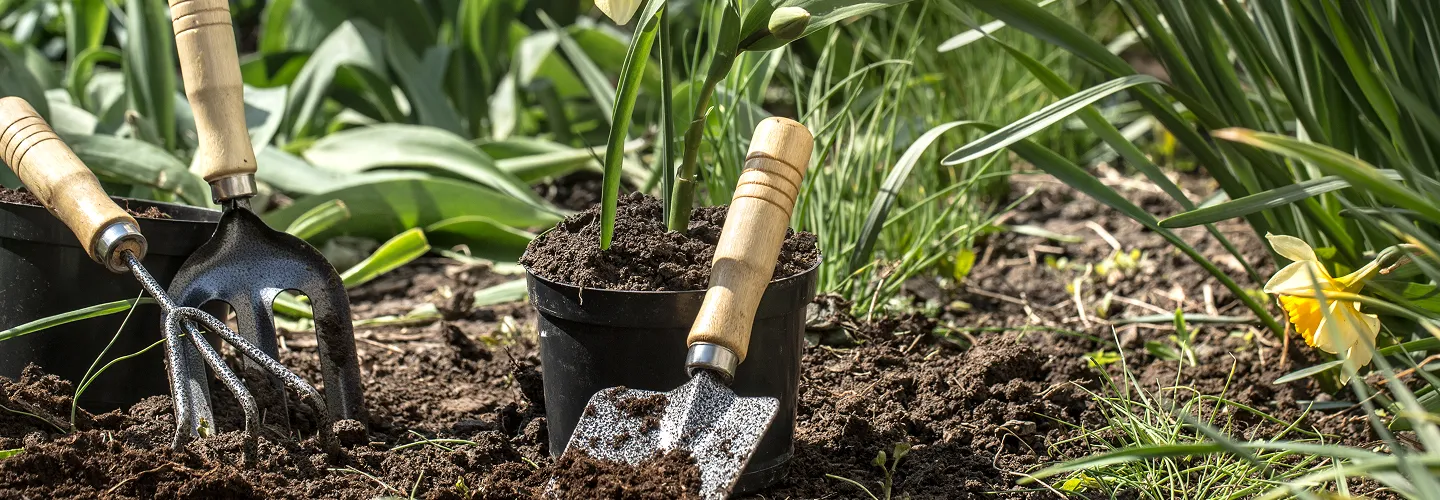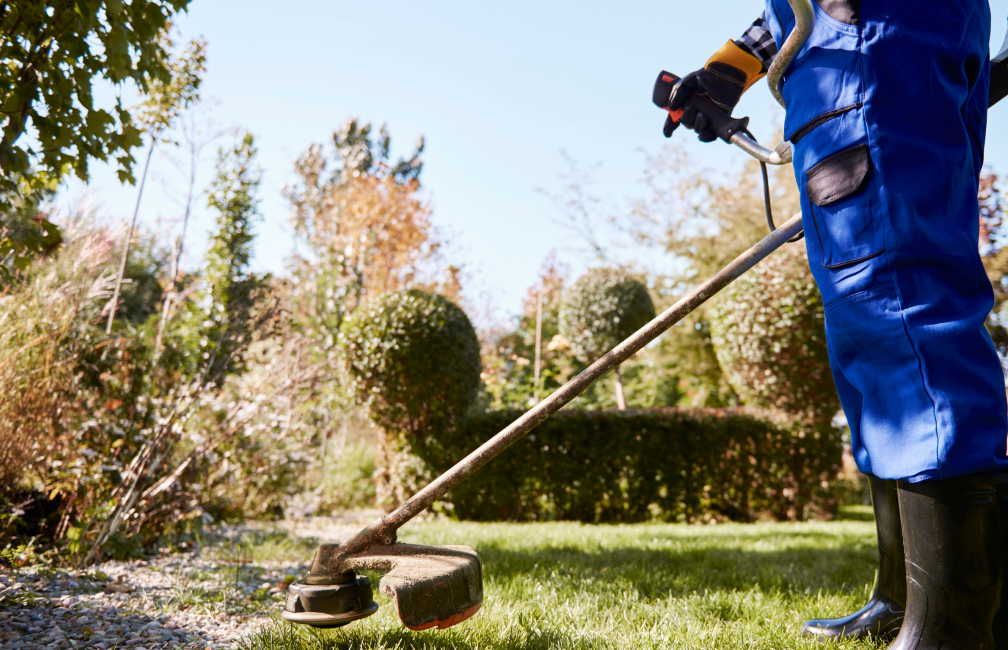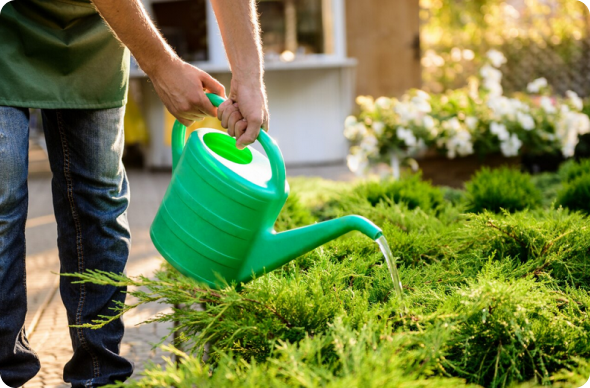
Walpole Lawn Aeration Services
Choose our expert lawn aeration services to revitalize your grass, improve soil health, and ensure a lush, resilient lawn that stands out all season long.
Get a Free QuoteWhen to Schedule Lawn Aeration in Walpole, MA – Seasonal Guide
In Walpole, MA, the best times to schedule lawn aeration are typically early spring and early fall. These periods align with the region’s cool-season grass growth cycles and help your lawn recover from the stresses of winter frost and summer heat. Walpole’s climate, with its cold winters and humid summers, means that timing aeration to avoid extreme temperatures and maximize root development is crucial. Neighborhoods near Francis William Bird Park or along Washington Street often experience varying soil compaction due to shade from mature trees and foot traffic, making aeration especially beneficial in these areas.
Local environmental factors such as the average last frost date in late April, the risk of summer drought, and the prevalence of clay-heavy soils in certain parts of Walpole all play a role in determining the optimal aeration window. Homeowners should also consider municipal guidelines and resources available through the Town of Walpole’s official website when planning lawn care services.
Local Factors to Consider for Lawn Aeration in Walpole
- Tree density and shade coverage, especially in neighborhoods like East Walpole
- Soil type (clay or loam) and compaction levels
- Recent precipitation patterns and risk of drought
- Terrain slope and drainage, particularly near local parks or wetlands
- Municipal restrictions or recommendations on lawn care timing
Benefits of Lawn Aeration in Walpole

Improved Soil Health
Enhanced Grass Growth
Better Water Absorption
Reduced Soil Compaction
Increased Nutrient Uptake
Stronger, Greener Lawns

Walpole Lawn Aeration Types
Core Aeration
Spike Aeration
Liquid Aeration
Slicing Aeration
Manual Aeration
Plug Aeration
Rolling Aeration
Our Lawn Aeration Process
Site Evaluation
Preparation
Core Aeration
Cleanup
Post-Aeration Review
Why Choose Walpole Landscape Services

Walpole Homeowners Trust Us
Expert Lawn Maintenance
Reliable Seasonal Cleanups
Competitive Pricing
Professional Team
Satisfaction Guarantee
Personalized Service
Contact Walpole's Department of Public Works for Soil Core Disposal & Aeration Debris Management
Proper management of soil cores following aeration represents a critical component of responsible lawn care in Walpole, Massachusetts. The town's Department of Public Works maintains specific protocols for organic yard waste disposal that directly impact homeowners managing post-aeration debris. Understanding these municipal requirements ensures environmental compliance while supporting sustainable soil management practices throughout this Norfolk County suburban community with its distinctive Neponset River watershed location and extensive conservation areas.
Walpole Department of Public Works
135 School Street, Walpole, MA 02081
Phone: (508) 660-7300
Official Website: Department of Public Works
The department recommends allowing soil cores to decompose naturally on lawn surfaces, as this practice returns valuable organic matter and nutrients directly to the soil ecosystem. When collection becomes necessary due to excessive core volume, property owners must utilize biodegradable paper bags exclusively, avoiding plastic containers that violate Massachusetts General Law Chapter 111, Section 150A. Collected materials should be transported to designated transfer stations or included in municipal yard waste collection programs, ensuring proper composting and environmental protection.
Practical management options include leaving cores to dry 24-48 hours then mowing to redistribute organic matter and beneficial microorganisms, collecting excess cores in biodegradable paper bags only when necessary, keeping all debris away from streets and storm drains to prevent system clogging, and staging core piles away from wetlands and conservation areas to prevent wash-off during storm events. This approach proves particularly beneficial for Walpole's glacial till soils that require organic matter supplementation to improve soil structure and counteract natural clay content that creates challenging growing conditions.
Understanding Soil Compaction in Walpole's Glacial Till Drumlins and Sandy Outwash Plains
Walpole's unique geological foundation consists primarily of glacial till formations creating distinctive drumlin landforms interspersed with sandy outwash plains, creating diverse soil management challenges throughout this suburban community. According to USDA Web Soil Survey data, predominant soil series include Paxton and Woodbridge fine sandy loams on drumlin uplands, Canton and Charlton complexes on knolls and side slopes, and Windsor, Hinckley, and Merrimac sandy soils in outwash areas. Poorly drained inclusions include Ridgebury fine sandy loam and Whitman fine sandy loam in inter-drumlin depressions, while organic Freetown and Scarboro soils occur in wetland areas along the Neponset River watershed.
The glacial till formations contain dense clay-rich subsoils that restrict water movement and root penetration, particularly under heavy foot traffic from suburban development patterns and recreational activities. The drumlinized landscape creates steep topography with variable drainage patterns that concentrate runoff on slopes while creating poorly drained conditions in depressions between hills. These conditions manifest as standing water after rainfall events despite adequate storm drainage systems, extreme soil resistance to garden tool penetration indicating "brick-hard" compacted layers, thinning grass coverage during summer stress periods despite adequate moisture availability, and extensive moss growth in shaded areas with restricted drainage between drumlin formations.
University of Massachusetts Extension Center for Agriculture, Food and the Environment
161 Holdsworth Way, Amherst, MA 01003
Phone: (413) 545-2766
Official Website: University of Massachusetts Extension
Professional aeration becomes essential when standard maintenance practices fail to address underlying soil structure limitations, with dense glacial till areas typically requiring annual fall treatment using specialized equipment capable of penetrating clay layers, while sandy outwash areas benefit from biennial applications paired with organic matter amendments to improve water-holding capacity.
Walpole Conservation Commission Guidelines for Core Aeration Near Protected Neponset River Wetlands
Environmental protection requirements significantly influence lawn aeration activities throughout Walpole, particularly near the Neponset River, Purgatory Brook, School Meadow Brook, Diamond Brook, Francis William Bird Park wetlands, Turner Pond, Adams Pond, and numerous protected wetland systems including areas adjacent to F. Gilbert Hills State Forest borders. The Walpole Conservation Commission enforces strict buffer zone regulations prohibiting mechanical soil disturbance within 100 feet of certified wetland boundaries and 200 feet of perennial stream channels, as mandated by the Massachusetts Wetlands Protection Act.
Walpole Conservation Commission
135 School Street, Walpole, MA 02081
Phone: (508) 660-7352
Official Website: Conservation Commission
Property owners planning aeration projects must obtain written approval when working within designated buffer zones or environmentally sensitive areas. The commission requires detailed site plans showing wetland boundaries, proposed aeration locations, and comprehensive erosion control measures preventing soil displacement into protected water bodies. Timing restrictions apply during wildlife breeding seasons, typically limiting mechanical activities between March 15 and August 31 to protect sensitive aquatic ecosystems and nesting bird populations. Special coordination becomes necessary near the Francis William Bird Park, a Trustees of Reservations property, where multiple jurisdictions maintain overlapping conservation management responsibilities.
Environmental compliance requires flagging all resource areas before work begins, collecting excess plugs on slopes that drain toward the Neponset River system and conservation ponds, stabilizing all disturbed areas immediately with appropriate seed mixtures, and avoiding saturated soils to prevent rutting and sediment transport.
Walpole's Implementation of Massachusetts Soil Health Regulations for Aeration Operations
Massachusetts soil health regulations establish comprehensive standards for mechanical soil management practices, including core aeration operations conducted throughout Walpole's suburban environment. These regulations require adherence to best management practices designed to protect groundwater quality and prevent soil erosion during aeration activities, while supporting municipal environmental protection objectives in this community where soil management directly impacts both residential landscapes and the sensitive Neponset River watershed ecosystem.
Massachusetts Department of Environmental Protection
One Winter Street, Boston, MA 02108
Phone: (617) 292-5500
Official Website: Massachusetts Department of Environmental Protection
Massachusetts Department of Agricultural Resources
251 Causeway Street, Suite 500, Boston, MA 02114
Phone: (617) 626-1700
Official Website: Massachusetts Department of Agricultural Resources
Implementation focuses on timing restrictions, equipment specifications, and post-aeration stabilization requirements ensuring environmental protection while supporting effective suburban soil management. Aeration operations must avoid frozen or saturated soil conditions that could cause structural damage or excessive compaction, using hollow-tine equipment that extracts clean cores 2-3 inches deep on till soils. The primary benefits include improved water infiltration through compacted glacial till layers, enhanced nutrient uptake and deeper rooting systems, reduced thatch buildup and surface compaction from recreational activities, and increased microbial activity supporting overall soil health in challenging drumlin topography.
Post-Aeration Stormwater Management in Compliance with Walpole's MS4 Program
Walpole's Municipal Separate Storm Sewer System (MS4) program establishes specific requirements for managing stormwater runoff following lawn aeration activities, particularly in developed residential areas where soil disturbance could contribute to water quality degradation in the Neponset River watershed and regional drainage systems. The program aligns with federal Clean Water Act mandates while addressing local watershed protection priorities for regional water quality and conservation area protection.
U.S. Environmental Protection Agency, Region 1
5 Post Office Square, Boston, MA 02109
Phone: (617) 918-1111
Official Website: U.S. Environmental Protection Agency, Region 1
Post-aeration stormwater management requires immediate stabilization of disturbed soil surfaces through overseeding, mulching, or temporary erosion control measures. Property owners must prevent soil particles from entering storm drainage systems during the critical establishment period following aeration, particularly important in areas where runoff directly impacts the Neponset River watershed. The EPA NPDES permit system governs municipal compliance while providing enforcement mechanisms for addressing violations. Weather monitoring becomes essential, with contractors postponing operations during predicted rainfall events using National Weather Service Boston forecasting data.
What Neighborhoods Do We Serve Throughout Walpole, MA?
Our comprehensive understanding extends throughout Walpole's diverse suburban neighborhoods, each presenting unique soil management challenges requiring specialized local knowledge based on glacial geology and development patterns.
Walpole Center & Historic Village District: Centered around the historic town common and Main Street corridor, this area features properties with Paxton and Woodbridge fine sandy loams over glacial till, complicated by centuries of community development and mature tree coverage. Properties near the town center experience moderate compaction from community activities, requiring annual core aeration focusing on breaking through hardpan layers while preserving mature elm, oak, and maple trees that define the historic character.
East Walpole & Neponset River Corridor: This area along the Neponset River features properties with alluvial deposits and seasonal wetland inclusions, offering excellent growing conditions but requiring strict environmental compliance. Properties require careful aeration timing in late summer when soils are firm, with emphasis on comprehensive erosion control and buffer zone compliance to protect this critical watershed.
Francis William Bird Park & Conservation Interface: Properties adjacent to this significant 89-acre park feature mixed glacial deposits with seasonal water table fluctuations and recreational use impacts. Proximity to protected wetlands necessitates careful conservation commission coordination, with aeration focusing on improving subsurface drainage while preventing impact to sensitive ecosystems.
South Walpole & Route 1A Commercial Corridor: This area features mixed urban fill and glacial deposits with surface crusting from commercial traffic. Properties experience challenges from vehicular loading, requiring biennial aeration with compost topdressing to establish sustainable turf while managing salt exposure from winter road treatments.
West Walpole & Residential Heights: These established suburban areas feature properties on predominantly Paxton and Woodbridge glacial till soils with mature development patterns. Properties often experience compaction from residential activities combined with challenges from dense clay subsoils, requiring annual fall aeration focusing on breaking through hardpan layers.
North Walpole & Plimpton Pond District: Properties surrounding significant recreational ponds feature varied glacial deposits with seasonal high water tables. Aeration requires specialized techniques with strict buffer zone compliance to protect these important community water resources.
Walpole Municipal Bylaws for Core Aeration Equipment Operation & Noise Control
Municipal noise ordinances significantly impact lawn aeration service scheduling throughout Walpole, with specific regulations governing equipment operation hours and sound level limitations in residential areas. Town bylaws typically restrict mechanical lawn care activities to weekday hours between 7:00 AM and 6:00 PM, with weekend operations limited to 8:00 AM through 5:00 PM to minimize neighborhood disturbances.
Walpole Building Department
135 School Street, Walpole, MA 02081
Phone: (508) 660-7350
Official Website: Building Department
Walpole Board of Health
135 School Street, Walpole, MA 02081
Phone: (508) 660-7315
Official Website: Board of Health
Equipment specifications require compliance with EPA emission standards and Massachusetts noise pollution regulations, particularly near schools, healthcare facilities, and conservation areas. Professional contractors must maintain current licensing and insurance documentation while demonstrating competency in local regulatory requirements. Best practices include scheduling fall aeration as optimal timing while avoiding wildlife breeding seasons, marking utilities before work begins using Dig Safe protocols, coordinating with community events to minimize disruption, and providing immediate post-aeration care through appropriate seed mixtures and organic matter amendments designed for challenging glacial till conditions.